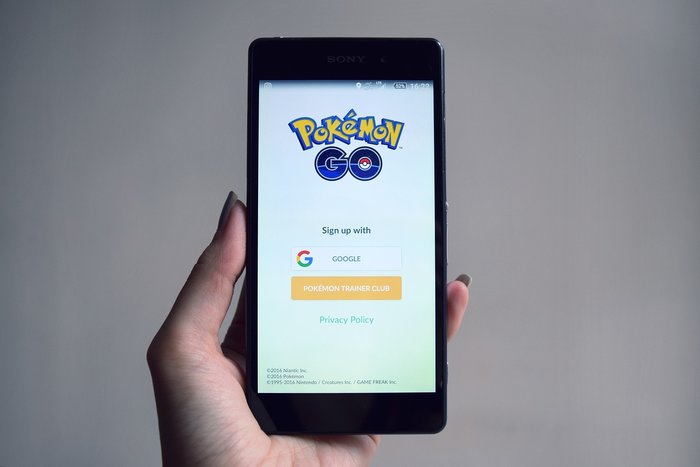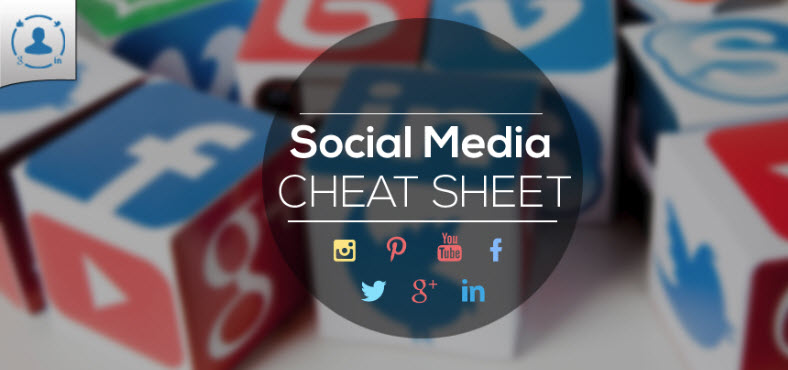What Small Businesses Can Learn From Pokémon Go About Attracting Shoppers
By Dan Grech, VP at OfferCraft
If you’ve been in any public place over the past month, you’ve likely seen someone playing Pokémon Go. The augmented-reality mobile game is that rarest of creatures: a video game that gets people to interact with the real world. Countless businesses of all sizes have capitalized on the fad by using the game to drive foot traffic to their stores, turning Pokémon Go players into potential shoppers.
But that’s just the tip of the iceberg. What Pokémon Go has to offer small business owners isn’t just the promise of countless customers lured by the prospect of catching Pokémon, but rather deeper insights into consumer psychology and customer behavior.
Indeed, Pokémon Go’s overwhelming success has much to teach retailers of any size about what motivates people. How does it attract so many people? Why do people spend money on in-app purchases for rewards with no real-world consequences? And how can we harness insights into these questions to drastically improve sales?
My company, OfferCraft, spent years mining the existing scientific research to understand how to make marketing and HR more fun. By making boring or forgettable things enjoyable, we consistently double and even triple revenues for our customers compared to their baseline. It’s amazing how many of these ideas are harnessed by Pokémon Go.
Takeaway #1: Gamification Turns Work Into Play… And Pays Off for Everyone
Human beings are hardwired to enjoy playing games. This process of taking everyday tasks and electrifying them up with game-like elements is called gamification.
Gamification is big business. Global research firm MarketsandMarkets reported in February that the gamification market would grow six-fold from $1.7 billion in 2015 to $11.1 billion in 2020.
You can gamify virtually any business interaction. One of our clients created a game to incentivize existing customers to update their email address and saw a 406% increase in emails collected compared to previous efforts. And many of those customers spent more on subsequent visits.
Other retail clients will offer games with great prizes in exchange for referrals or to entice inactive customers to come back to their store.
Incorporating game elements into every step in the shopping journey, from your advertising all the way to the returns desk, generates higher revenues while making customers happier.
Takeaway #2: Make it Easy
Games make the customer experience fun, motivating shoppers to come back for more. But you know what’s not fun? Complicated rules and conditions.
One secret of Pokémon Go’s success is it’s accessible and very easy to use. The rules are straightforward. Much of the game is learn-as-you-play, so players don’t feel inundated with information up front.
Don’t gum up your marketing offers with caveats and fine print. When engaging with customers, make sure they’re not overwhelmed; you want to keep the experience light, easy, and enjoyable throughout.
Takeaway #3: Make Everyone a Winner and You’ll Earn More
Even worse than complicated rules is creating offers that are designed not to be won or redeemed. Many retailers pride themselves on complex rebate programs and bait-and-switch marketing that lures in customers without rewarding them with what they expected. This is a short-term win that will hurt your brand in the long term.
In Pokémon Go, pocket monsters are everywhere. And they’re not hard to catch, just flick your finger across the screen. Their motto is “Gotta catch ’em all!”
Make your marketing easy to participate in and easy to win — and your customers will thank you for it.
Takeaway #4: Make it Mobile
One way to keep the engagement process easy and accessible is to meet customers where they are: on their phones. All demographics are using cell phones these days, and they’re not just playing Pokémon Go. People spend 4.7 hours on average per day using their smartphones, according to Digitaltrends.com.
Whether you’re a mom and pop store or a growing chain, think mobile first and you’ll be rewarded.
Takeaway #5: Make it Social
Part of why Pokémon Go is so popular is because of the team dynamic. Within the game, when players reach level five they are asked to choose to be on one of three teams. From then on, much of the game revolves around battling other teams for territory.
Businesses have been breeding friendly competition for years, with great results. Orangetheory Fitness, for example, has weight-loss competitions that reward the biggest losers with cash prizes up to $10,000.
But Pokémon Go reveals an added element of the social experience: team affinity. Collaboration, not just competition, is what’s behind the drive to gain possession of PokéGyms despite losing Pokémon in the process. Team affinity is similar to the loyalty felt for a sports team or home country; it’s a powerful force that can bring people to make big sacrifices in the name of a larger purpose.
Many stores have wisely been marketing to Pokémon teams in the hope of monetizing team spirit. Those stores would be even wiser to create a team element of their own: Put shoppers on one of two teams and tell them the dollars they spend get turned into points for their team. Whether it’s boys vs. girls, kids vs. adults, or a self-select team division where customers can elect to be on one of two teams and then stick with that team for life, creating Pokémon-like teams can lead to magical results.
The Biggest Takeaway
The biggest takeaway from Pokémon Go? Gamify retail. Whether you add actual games to your promotions or incorporate them at checkout, the word at the front of your mind should always be “fun.” Because when it comes to shoppers, that’s the best way to catch ’em all.
Dan is VP of Marketing and Public Relations at OfferCraft, an innovative software company that makes marketing offers and employee incentives more fun, and thus more effective. Previously, he spent nearly two decades as a print and radio journalist at outlets including The Miami Herald, The Washington Post and Public Radio’s Marketplace.
Image source: pixabay.com









